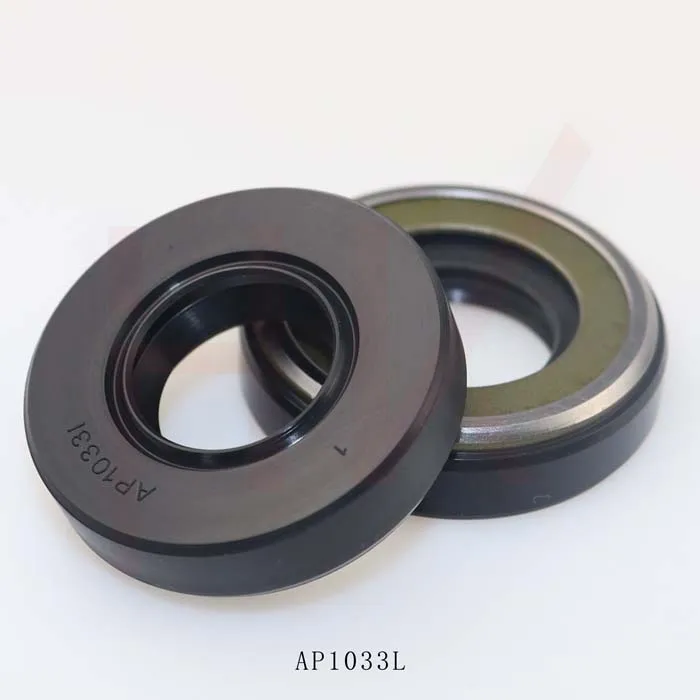Oct . 30, 2024 23:29 Back to list
hydraulic seal repair
Hydraulic Seal Repair Ensuring Optimal Performance and Longevity
Hydraulic systems play a critical role in various industries, powering machinery and equipment that require precise and reliable movements. At the heart of these systems are hydraulic seals, which prevent fluid leaks and maintain pressure. Unfortunately, these seals can wear out over time due to constant exposure to high pressure, temperature fluctuations, and contamination. When hydraulic seals fail, it can lead to significant operational issues, including loss of efficiency, increased downtime, and expensive repairs. Hence, understanding hydraulic seal repair is essential for maintaining the performance and longevity of hydraulic systems.
The first step in hydraulic seal repair is identifying the signs of wear or failure. Common indicators include leaking hydraulic fluid, decreased system pressure, and unusual noises during operation. If any of these symptoms are observed, it's crucial to act swiftly. Ignoring these signs can result in more significant damage to the system, ultimately leading to higher repair costs and extended downtime.
Once you suspect a hydraulic seal issue, the next step is to isolate the affected component. This usually involves draining the hydraulic fluid and removing the cylinder or actuator where the seal is located. It is essential to follow proper safety protocols during this process to prevent accidents or injury.
After removing the component, it's time to examine the seal itself. Look for signs of wear, such as tears, abrasions, or deformation. If the seal is damaged, it will need to be replaced. However, in some cases, the issue may stem from contaminants or improper installation rather than seal wear. Thoroughly cleaning the seal area and inspecting the components for proper alignment are vital steps in this repair process.
hydraulic seal repair

When replacing a hydraulic seal, it's crucial to choose the right type of seal for the specific application. There are various types of hydraulic seals available, including O-rings, V-rings, and U-cups, each designed for different functions and pressure conditions. Ensure that the replacement seal matches the specifications of the original seal to guarantee optimal performance.
Installation is another critical factor in hydraulic seal repair. It’s essential to follow the manufacturer’s guidelines for installation, as improper placement can lead to premature failure. It’s advisable to use lubrication on the seals during installation to reduce friction and ensure a proper fit.
Once the new seal is in place, reassemble the hydraulic component and refill it with hydraulic fluid. Before resuming normal operation, conduct a thorough leak test to confirm that the repair was successful. Monitoring the system closely after the repair can help catch any potential issues early on.
In conclusion, hydraulic seal repair is a crucial maintenance task that can significantly impact the performance and lifespan of hydraulic systems. By promptly identifying issues, following proper repair procedures, and ensuring the correct installation of seals, operators can minimize downtime and maintain the efficiency of their hydraulic machinery. Regular inspections and proactive maintenance can also prevent seal failures, keeping systems running smoothly and efficiently for years to come.
-
Wiper Oil Seal: Our Commitment to Clean Hydraulics
NewsAug.13,2025
-
Hydraulic Oil Seal for Self Discharging Cars
NewsAug.13,2025
-
Hub Oil Seal for Agricultural Tractor Hubs
NewsAug.13,2025
-
Skeleton Oil Seal with NBR Material
NewsAug.13,2025
-
Rotary Lip Seal for High Pressure Applications
NewsAug.13,2025
-
Cylinder Seal Kits Our Legacy of Hydraulic Trust
NewsAug.13,2025
-
Unlocking the Potential of Hydraulic Systems with Essential Sealing Solutions
NewsAug.06,2025
Products categories
















